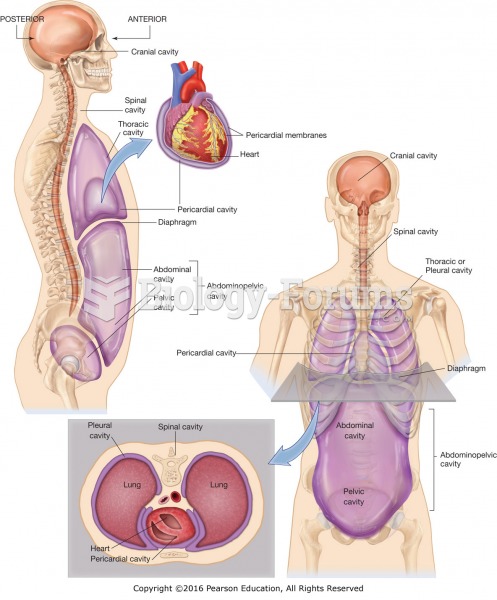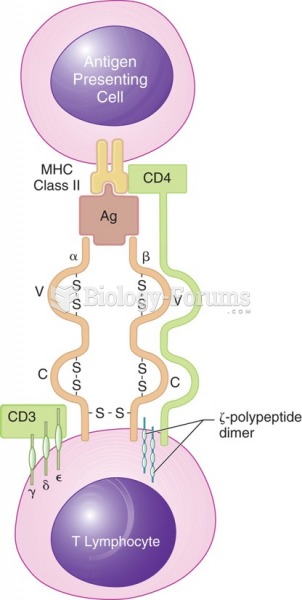|
|
|
The longest a person has survived after a heart transplant is 24 years.
Human stomach acid is strong enough to dissolve small pieces of metal such as razor blades or staples.
In 1864, the first barbiturate (barbituric acid) was synthesized.
Bacteria have been found alive in a lake buried one half mile under ice in Antarctica.
Although the Roman numeral for the number 4 has always been taught to have been "IV," according to historians, the ancient Romans probably used "IIII" most of the time. This is partially backed up by the fact that early grandfather clocks displayed IIII for the number 4 instead of IV. Early clockmakers apparently thought that the IIII balanced out the VIII (used for the number 8) on the clock face and that it just looked better.







